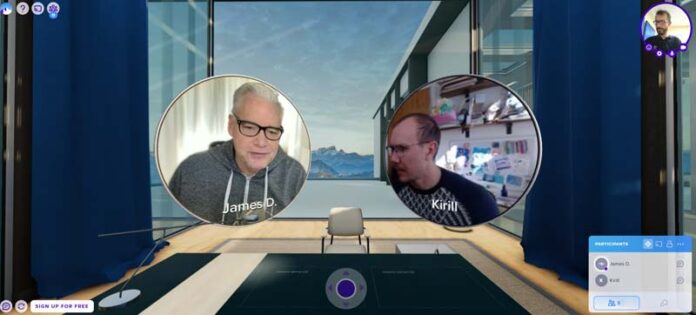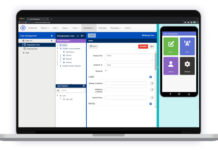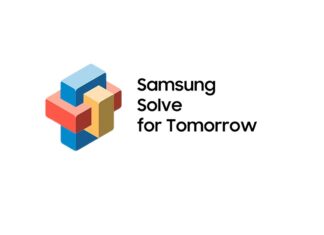The way we work has changed. We no longer sit in large offices with our colleagues around us. Around the world, it has become the norm for companies to have remote teams. Some of these teams are fully remote, while others work on a hybrid approach. This has led to virtual meetings having become the norm. Even though there are many options that are available for online meetings, one issue that often arises when discussing remote work and online meetings, is the feeling of being disconnected from your colleagues. I was recently introduced to Katmai, a platform that’s setting a new standard by making online meetings feel like you’re in the same room. I took a look at Katmai, to see how it differs from the traditional tools like Zoom and Google Meet.
Breaking the Grid: From Video Tiles to Virtual Spaces
The traditional video conferencing tools make use of a grid design showing each participant stacked next to or above each other. This setup lacks spatial context, body language cues and the sense of being in each other’s presence. Katmai has flipped this script. Katmai places users in a 3D, interactive environment, allowing participants to move, gesture and collaborate during online meetings.
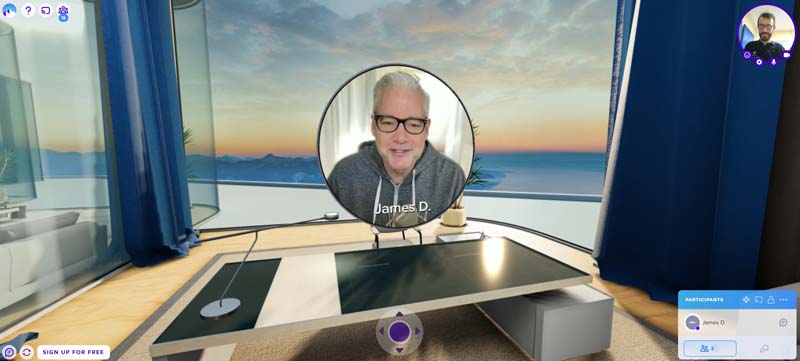
With Katmai, you can step into a virtual office space, themed like your typical office, with conference tables, meeting rooms, lounges and balconies. An office space can be generic, it can match your real-life office or it can be something fun and exciting, like a theme park!
Here is a quick overview of the Katmai experience:
Engagement Through Presence
Katmai’s environments make one feel immersed in the experience, not only visually but through audio, too. Since users are spatially positioned, audio mimics real life. When someone speaks from across a virtual table, it sounds like it. If they get up and come sit next to you, the sound will change. This positional audio offers a more intuitive and engaging experience, allowing for side conversations and dynamic interactions which are not possible in flat video calls. This offers a sense of shared presence in a meeting, which reduces screen fatigue and increases attentiveness. One does not feel like they are just sitting and staring at a screen. It feels like you are actually present in the meeting. You also need to use a keyboard & mouse to navigate the environment, to ensure that you are in the right meeting room, close enough to the speaker and looking in the right direction. So this ensures that one doesn’t become bored in a meeting. It is kind of like playing a game!
Designed for Collaboration
Katmai also makes it easier to collaborate during meetings. Participants can move between virtual whiteboards, share screens within specific zones, or form small groups, just like you would in a physical space.
It supports fluidity: walk on over to a colleague for a quick chat in their office or join a group huddle just by moving closer. These subtle dynamics recreate the organic moments of the real office that remote work often lacks.
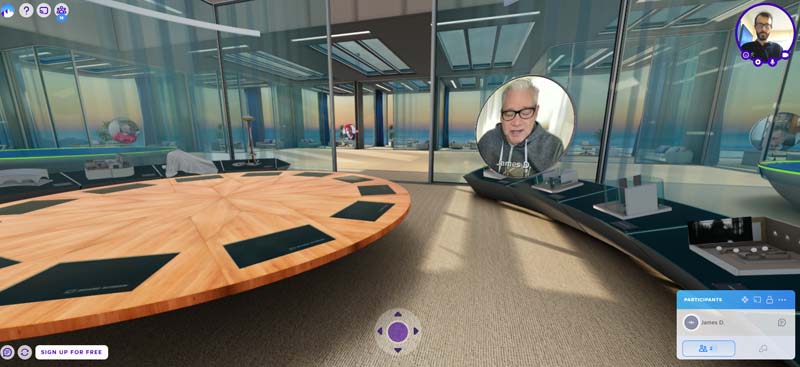
Instant Meetings
When you are in an office, you can simply walk over to your colleague’s desk or office and have a quick chat. There is no need to schedule a meeting. When it comes to online meetings, one has to send a meeting request and wait days before one’s colleagues are available to meet with you. With Katmai, this is no longer the case. You can simply walk on over to your colleague (virtually) and ask to have a meeting right there and then!
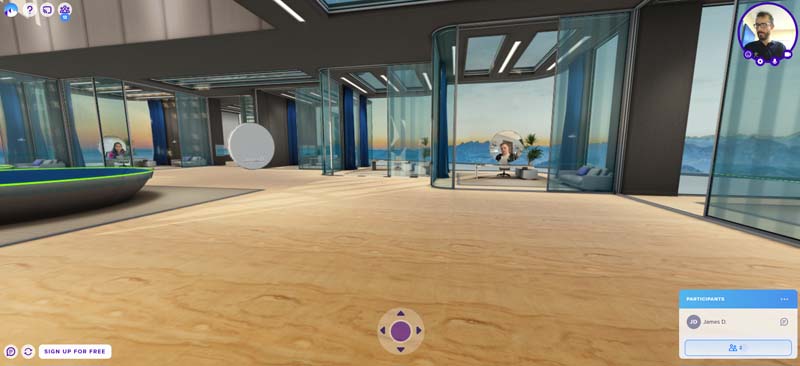
Human Connection
By making the virtual experience more human and personal, one is able to communicate better. By giving teams the ability to see, hear, and feel each other in a shared virtual space, Katmai doesn’t just bridge the distance, it also removes it.
Companies no longer need to be concerned about their remote workers, as with tools like Katmai, the connection that one has with their colleagues isn’t lost. The platform is not just a video call replacement; it’s a reimagining of what it means to meet, collaborate, and connect online.
Find out more @ https://katmaitech.com/
This article has been sponsored by Katmai


